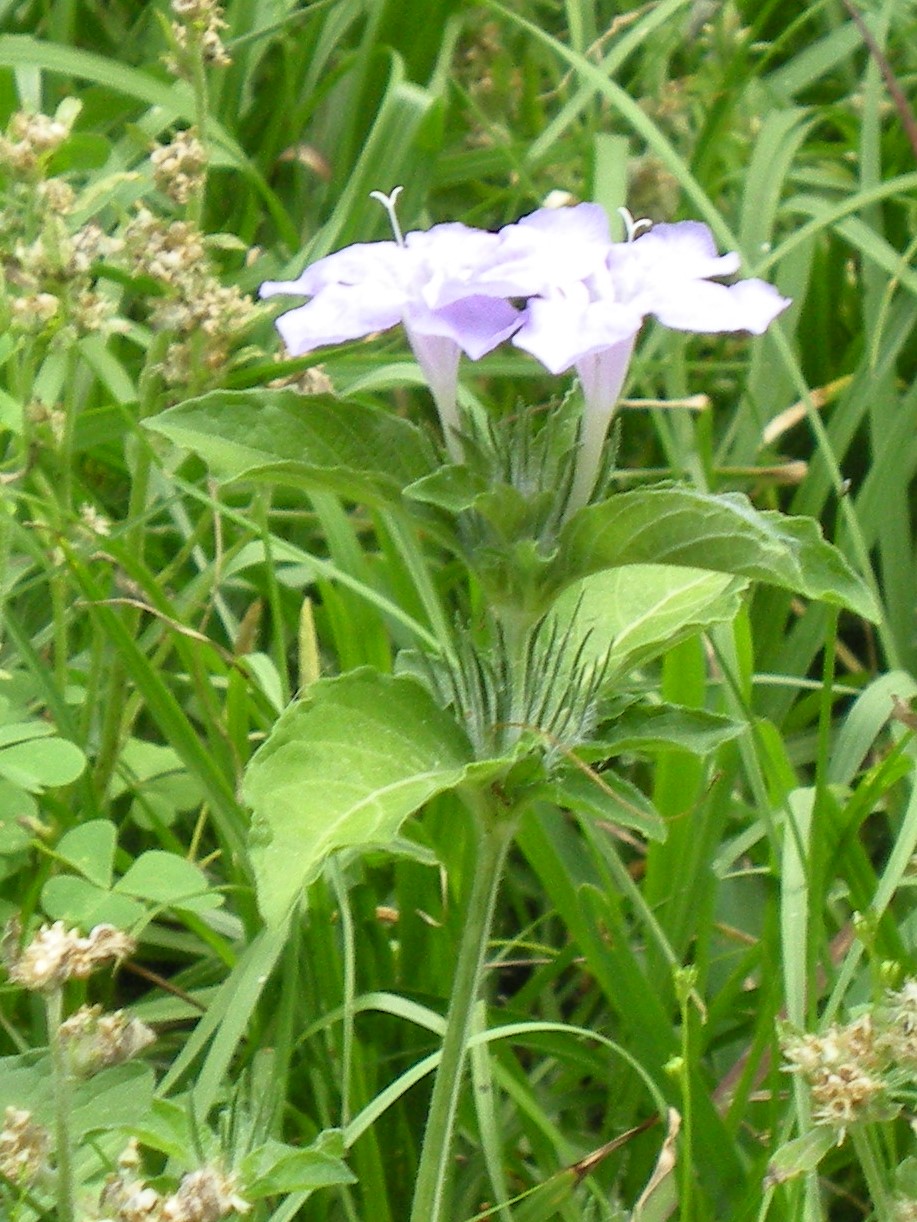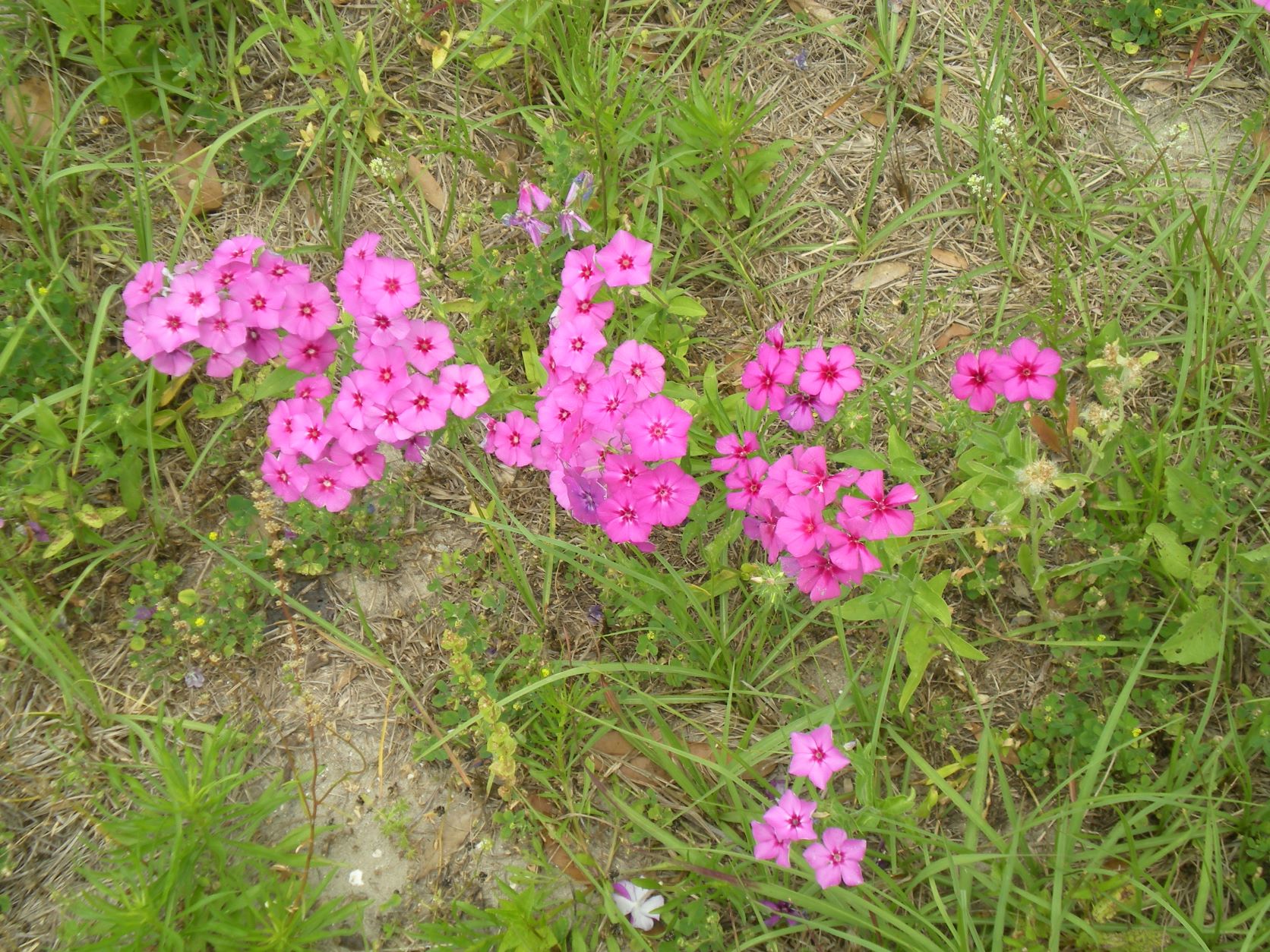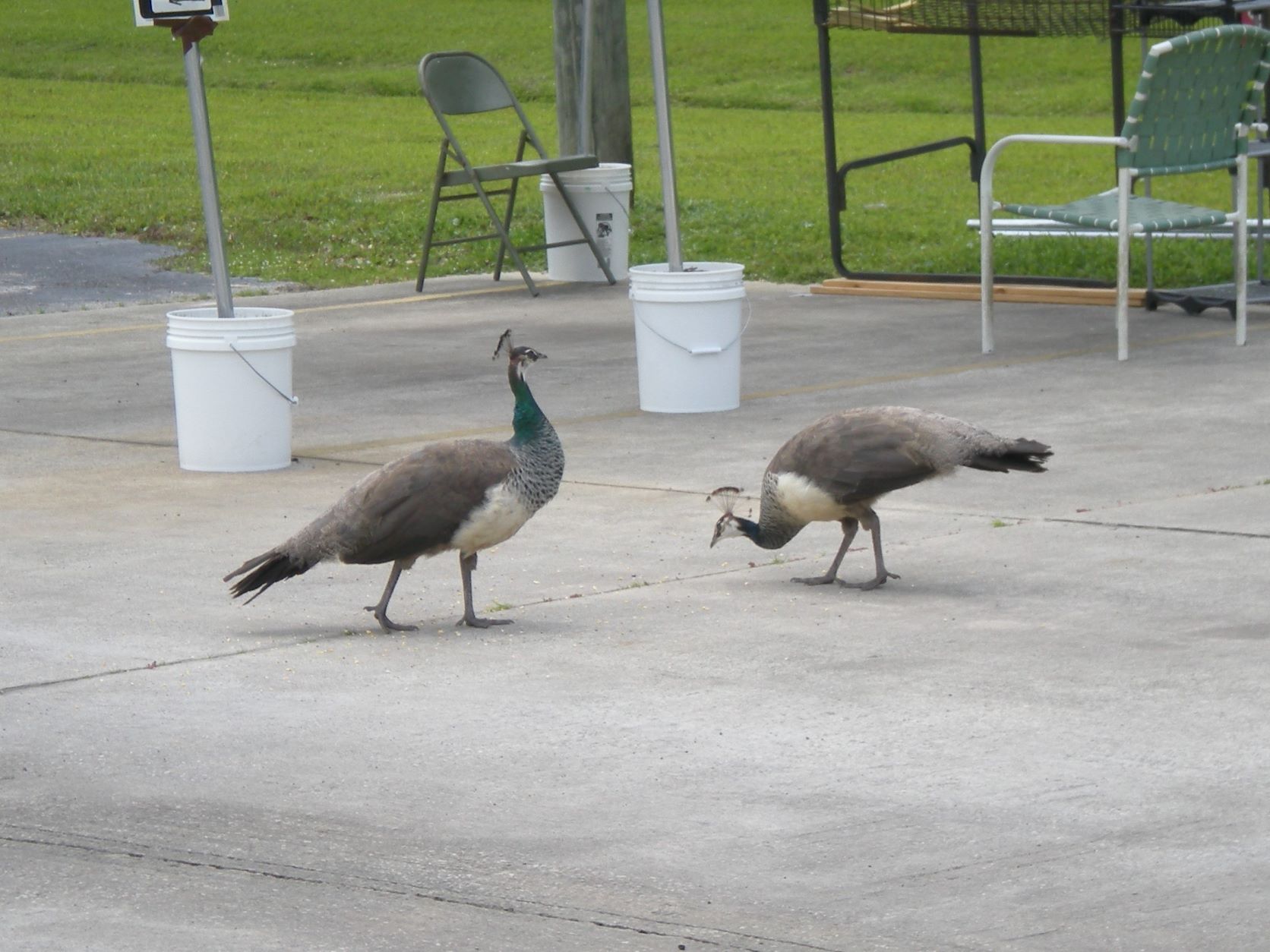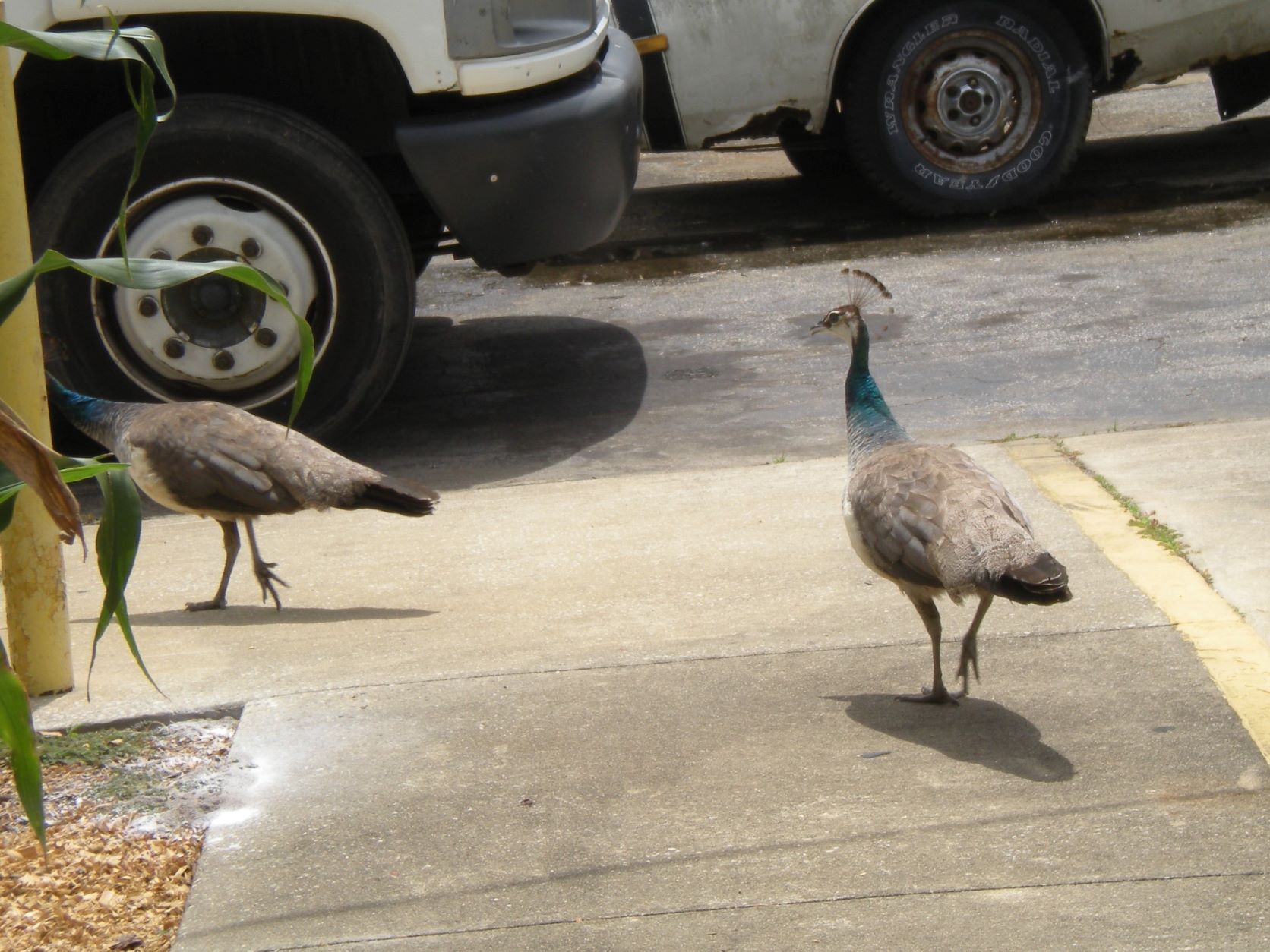Another quiet week on my blog reader, but April can be a busy time of the year. Just a couple links to share, then I will inflict my personal (ahem) “style” of photography on y’all, because I had ample opportunity to whip out the little digicam yesterday on our trip in to the feed store, and there are so many pretty wildflowers blooming around my little rural corner of our county.
But first, some real photography from Deb Beausoliel who blogs at Beautiful Sun, a translation of her family name. Her topic (after a big fall last month) is sunrises, which being a morning person she prefers over sunsets just because she has them mostly to herself. Now, as a painter who wields brush and pencil instead of camera, I can say with all certainty that capturing a sunrise or sunset is mostly the domain of photographers, unless a painter has an almost-photographic visual memory or such an encompassing grasp of light and shadow to work from imagination. I probably could not even make a mess with my soft pastels fast enough to capture the perfect moment of optimal color in the sky and how the light hits the surrounding land without the light shifting before I could get it on paper. When I do a sunrise or sunset work, I use a reference photo to “hold” the light still so I can work out the perfect colors and get the surrounding landscape shadows correct. Photos may not always capture what the eye sees, but it can get it close enough when a photographer knows what she or he is doing – and I can definitely work with that.
Local Florida wildflowers
As fun as a skyscape or cloudscape or sunrise/set picture can be, right now my inspiration is a lot more down-to-earth: there is a new series of wildflowers blooming around the property and along the sides of the roads on the way into town, and I do not really know what they are called, and Google image search has been not-exactly helpful. Apparently, I need to upload the snapshots online before I can use Google Lens, since I do not own a touchscreen device. As my son used to say back when he was in high school, “Le sigh.” These are likely called weeds by the local population, but I still want to figure out what they are so I can title drawings and paintings with a little more detail than, “pretty flowering weed in my Florida yard.” Here is the one I tried to look up on Google, which gave me two different names depending on which photo I used, and both names were genus names with almost 500 species each, so between my two attempts to identify this plant I have over 900 possibilities.

When hubby took a snapshot of one of these plants from above to get the five-lobed shape as the focus, Google first tried to say it was in the campanula genus, commonly called bellflower. The problem with that is in the above snapshot I took this morning, which clearly shows the flowers having a trumpet shape, not bell. The above snapshot returned gentian genus as its result, and while it does look similar, all the online sources for gentians say they bloom usually September to December, except one species which has the common name spring gentian but doesn’t look like this. Perhaps I should only use the digicam for reference photos, and try to identify local flowers after I’ve drawn and/or painted them in a botanical style?
Update: This has been identified as Carolina wild petunia, which is native to most of the southeastern US.
The other flowers I really want to draw and paint are along the paved county road heading back from town. Yesterday, with critter food in the truck bed, and Mexican food in the cab with us, I persuaded hubby to pull off the road for a couple minutes to snap some photos of these lovely fuchsia colored flowers:

There were actually a couple other variations of this flower all around me: one variation had white in the center instead of a darker fuchsia, and another had the lighter color as the middle with the darker as the outer color. These flowers are a little smaller than an inch in diameter, and I had the worst time seeing the screen on the digicam just because it was sunny and bright. I didn’t spend too much time with it, because our lunch from the little family run Mexican restaurant smelled delicious (and it was) and I knew hubby’s stomach was growling.
Update: These bright pink wildflowers are a native wild phlox species, with the natural variety.
A pair of peahens wandering around
Finally, the reason I pulled out my digicam at the feed store for the second week in a row (remember the gorgeous purple morning glory blooms last week?) is right here:


The employees and owner of the feed store had been putting a little bit of scratch out for them, and since it was a lovely mild day the doors were propped open and the two peahens actually walked into the store, but turned and immediately left when they heard my digicam turn on. I remarked it was a bit of a shame, because with the backlighting from the door I could see the iridescent blue of their neck and shoulder feathers so nicely. On the drive though town from the feed store, while I was looking at the digicam’s screen, hubby commented, “And there is the peacock,” but traffic was moving too fast for me to try to snap a pic of him. Ah well, there are plenty of photos of peacocks on the various royalty-free stock photo sites, but finding photos of the peahens is not as easy, and I’ve been thinking of doing another peafowl painting sometime this summer to go with my Peacock Portrait acrylic sketch from last year.
We did go get our new goat on Monday, and are once again on kidding watch as she is due soon, which means I’ll get to do the whole bottle-feeding a baby goat routine again. The bright side to this is I now have tinted charcoal to use for my drawings, so here’s hoping I can get some good cat-free drawing time. Maybe I’ll even be able to identify these wildflowers (or flowering weeds) I have blooming around me this week.

I love the photos of Florida flowers and birds. The peacock are very neat creatures. I miss Florida, there is always a photo op.
This is certainly a great state to be in for spring! I love the wildflowers along the roads and most of the ones that bloom around my property as well. One of my goals for this year is to get ref photos for the wildflowers so I can draw and paint them.
I simply love wildflowers. Spring is so colorful in much of the country. On sunrises and sunsets. For years I avoided photographing them. I had an attitude that they were simply “too easy.” The idea that anyone can take a stunning photo during the rise and fall of the sun. More recently I’ve given myself an attitude adjustment. They beautiful moments can actually be quite challenging to photograph. Live and learn.
I enjoy the wildflowers as well, and decided this year I would learn as many names of them as I can. As for capturing the beautiful moments for sunrises and sunsets, when it feels like a challenge for you, just remember me and my pastels or paints and how difficult it would be in the days before cameras were invented.
How about some pictures of the goats? We love ’em. And also the cheese.
I’ll do another goat post, probably this weekend if she’s inclined to pose for me. I was actually waiting for her to kid so I could post new baby goat snapshots as well.
Thank you for the lovely compliments and links back to Beautiful Sun Adventures!
As for apps to use to identify flowers, in addition to Google Lens, I also use “Picture This”. You should be able to use it live rather than pointing it at a photograph (or you can do both). The first photograph of the beautiful blue-violet flowers comes up as Carolina Wild Petunia. The descriptor says that it’s native to the southeastern US and does list Florida. I believe the fuchsia flowers are phlox. I love those! They stand up well in the Virginia sun but their season isn’t very long.
You’re welcome. 🙂 I do everything on my PC and digicam because I do not like touchscreens. But once a photo is online, then I can use the Lens extension on Chrome. Go figure. I have confirmed the Carolina wild petunia ID, as well as the wild phlox, though Lens was not very specific on the phlox.
My blog is pretty empty because we donned our masks and flew to England for a vacation. Lots of photo opportunities in Cornwall and we are now up on the welsh border. We are visiting some friends next week on their hill farm in Wales and so there could be some lambing shots as well. I’d like to see the goats as well and will be interested to see how the painting of the flowers comes out. As a photographer, that would be a tricky composition to make into an interesting photo!
When you get back home, I hope you’ll elaborate on your comment about the composition angle, and whether that is a photography thing versus painting thing. I think it would make for an interesting blog post.
I’m back now and at my proper keyboard! I’ll expand some more on that image you posted of the fuschia colored flowers. Most of the time a photographer is looking to frame the final composition in the image taken. Yes, that image can be cropped and some things removed in post, but essentially, the idea is to find the story you are trying to tell and take (or make) the photo tell that story. I’m guessing that an artist can take a photo of a set of flowers and then rearrange or crop them in your mind and then put that vision onto the painted surface.
So when I look at those photos, I see nothing more than a random collection of flowers. The colors are nice against each other, certainly, but there is no real subject or area that you want the viewers eye to wander and focus on. There is no path that you want the eye to follow to get to that focal point. The eye just looks at random bunches of flowers and then goes to the next one. If I had taken it, it would be almost immediately deleted as I edit down the images to ones that I think are worth keeping.
So I would have looked more closely to see if there was a specific bunch that was more compelling than the rest. I would have focused in on one (or three) blossoms and tried to get the detail in those and blur the background. Perhaps more of a side view on a few selected blossoms.
I also try to look at what else is in the frame that is not the subject but could detract from it. Areas of the light sandy soil are distracting, especially towards the corners. Again, you can paint these differently to what I see, and I could darken them in post, but there is just too much that is not the subject and the subject is lost as a result.
I’m not sure that there is anything that I would really have focused in on as the groupings of flowers are a bit close to other groupings and that would make it difficult to separate them into a frame.
Finally, and this is just me, I see flower photos all over the place on twitter and on Fine Art America. A flower scene needs to be really spectacular to make an impression amongst such a profusion of images and so I don’t take them very often and I have few in my portfolio online. This one is an example of what I would consider worthy of a photo – the story is obviously spring and the grouping of three flowers is a pleasing subject. I changed the lighting to focus more on them and in retrospect I’m not too keen on that grey area in the top right and perhaps should have cropped more towards the main subject.
https://www.pictorem.com/544051/Crocus%20blossoms%20in%20dirt%20and%20mulch%20of%20garden.html?iframe=1
Steve
I understand exactly what you are saying here, Steve. These were never meant to be fine art photos, as it was on the side of the road, we had groceries in the back seat (including ice cream), and the sun was so bright I couldn’t see much of anything on the digicam’s screen. I just wanted a photo or two not only to identify the flower, but to have as a reference if I decide to draw or paint it later.